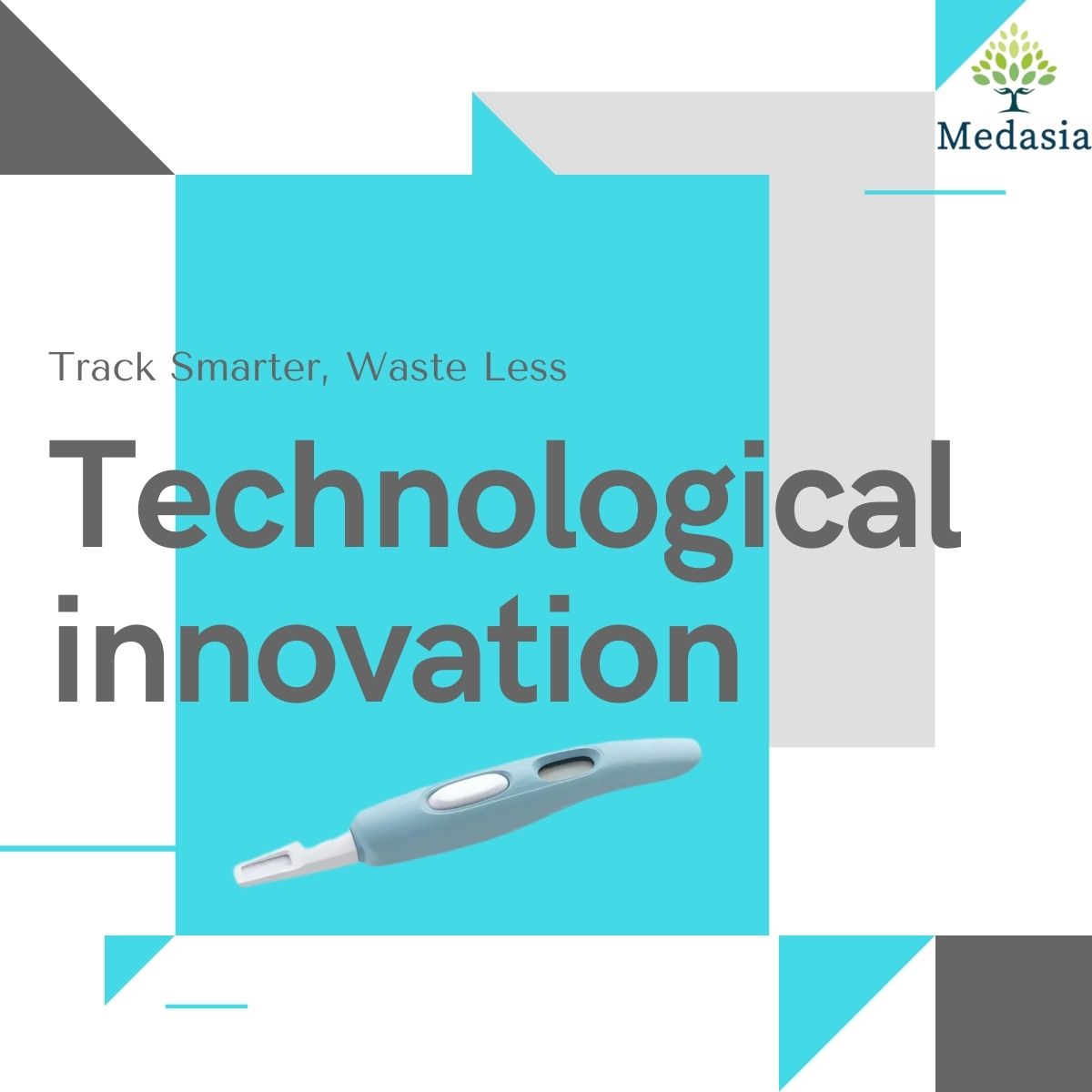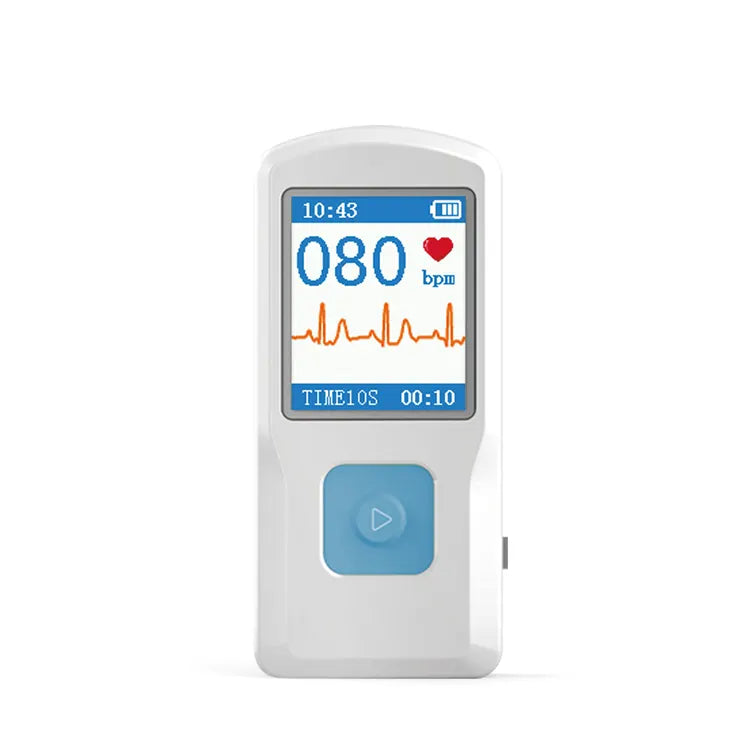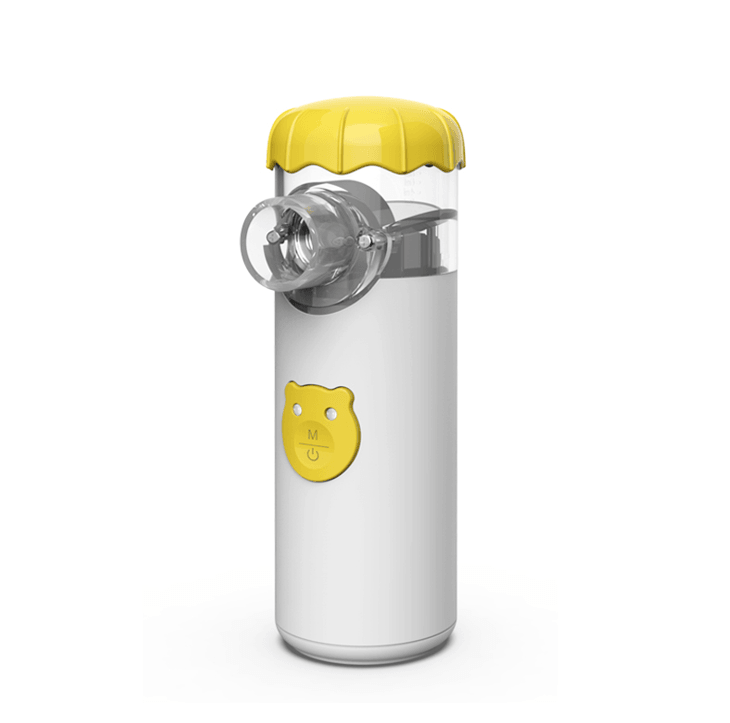Surging Demand for Reusable Digital Ovulation Tests: Meets Convenience

The market demand for reusable digital ovulation tests is on the rise, driven by growing consumer awareness around fertility tracking, interest in sustainable health products, and advancements in digital health technologies.
Here's a closer look at the factors influencing this demand:
1.Increased Focus on Fertility Awareness and Family Planning

- Rising Interest in Fertility Tracking: With more people proactively managing their reproductive health, demand for ovulation tracking tools has grown. Reusable digital ovulation tests allow users to track their cycles consistently, which is particularly appealing for those trying to conceive.
- Delayed Parenthood: As more people delay starting families due to career and lifestyle choices, there's a higher demand for effective fertility management tools. These users often seek reusable and accurate devices for consistent tracking.
2.Sustainability and Environmental Concerns
- Eco-Conscious Consumers: Many consumers are becoming increasingly concerned about single-use plastics and waste, and are seeking sustainable health products. Reusable digital ovulation tests that reduce waste by reusing the digital reader align with this trend.
- Cost-Effectiveness of Reusable Devices: Although reusable digital ovulation tests can be more expensive upfront, they reduce long-term costs by only requiring replacement strips. This cost-effectiveness is appealing to consumers looking for sustainable and budget-friendly solutions.
3.Technological Advancements in Digital Health
- Increased Accuracy and Ease of Use: Reusable digital ovulation tests often feature advanced technology that provides clear, easy-to-read results, minimizing user error. Many devices also offer high sensitivity for more accurate results, which appeals to users seeking reliable ovulation data.
- Integration with Apps and Bluetooth: Some reusable digital ovulation tests integrate with mobile apps via Bluetooth, offering users insights into their fertility patterns. This trend caters to tech-savvy consumers and aligns with the growth of connected health devices.
4. Growing Popularity of Home-Based Testing
- Convenience and Privacy: With more people choosing home-based testing for convenience and privacy, demand for reusable ovulation and fertility tracking devices is on the rise. These tools allow users to track their cycles privately and consistently without relying on clinical visits.
- Rise of At-Home Fertility Awareness Methods: With the popularity of natural family planning methods and fertility awareness, reusable ovulation tests offer a reliable way to predict ovulation accurately without recurring costs associated with single-use tests.
5.Expansion into Emerging Markets
- Improved Healthcare Access and Awareness: As awareness of fertility tracking grows globally, especially in emerging markets, demand for reusable digital ovulation tests is increasing. These devices are becoming more accessible in markets in Asia-Pacific, Latin America, and parts of Africa, where demand is rising for reliable and accessible reproductive health tools.
- Local Adaptation for Price Sensitivity: In some emerging markets, companies are developing more affordable versions of reusable digital ovulation tests to appeal to price-sensitive consumers, further increasing accessibility and demand.
6.Rising Preference for Digital Devices with Enhanced User Experience
- User-Friendly Designs: Reusable digital ovulation tests often come with user-friendly interfaces and displays, making them accessible to a wide range of users. Easy-to-read results (often in symbols) reduce interpretation errors and improve the testing experience.
- Increased Comfort with Digital Health Devices: As consumers grow more comfortable with digital health tools, including wearable devices and app-enabled health tracking, they are more likely to adopt digital ovulation tests.
Market Outlook for Reusable Digital Ovulation Tests
Photo from: Acumen Research and Consulting
The market for reusable digital ovulation tests is projected to grow in the next few years. The global fertility test market itself was valued at over $400 million in recent years and is expected to grow at a CAGR of around 7-8% due to the increasing need for reproductive health products and family planning tools. Within this space, reusable digital ovulation tests are expected to capture an increasing share as consumers prioritize sustainability, technological features, and cost-effective health solutions.
Brands focusing on eco-friendly, app-integrated, and affordable reusable digital ovulation tests are well-positioned to meet this demand, especially as healthcare spending and awareness around fertility continue to rise.
Related Articles
The Promising of Cholesterol Testing
What Advantages Of A Portable Mesh Nebulizer?
Hemoglobin Meter: Let's help people to monitor anemia
How to choose a better digital thermometer
Digital Pregnancy Test : Assisting Couples in Conceiving
Portable Fetal Doppler: Bonding with Your Baby
Budget-Friendly Pregnancy Testing: How Reusing Digital Pregnancy Tests Can Help You SaveReference
Digital Pregnancy Test Kits Market to Hit $275.1 Million by 2033
U.S. Digital Ovulation Test Kits Market generating a revenue of US$ 95.1 Million by 2031
WE RECOMMEND
Related posts
- Subscribe MedInsights
- Subscribe MedInsights
- Subscribe MedInsights
- Subscribe MedInsights
- Subscribe MedInsights












